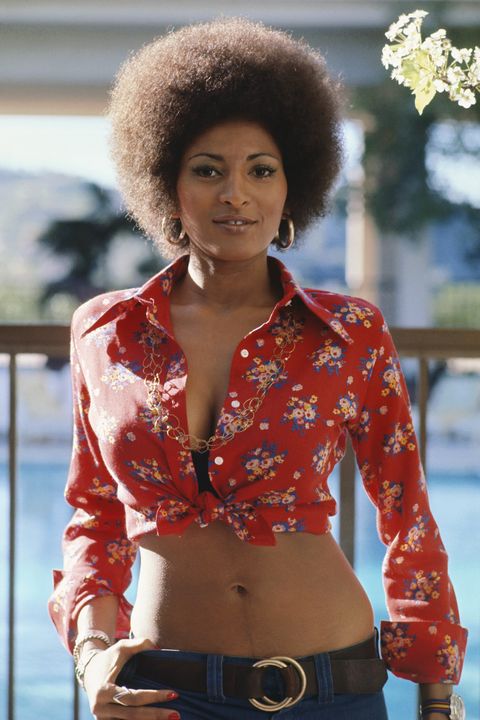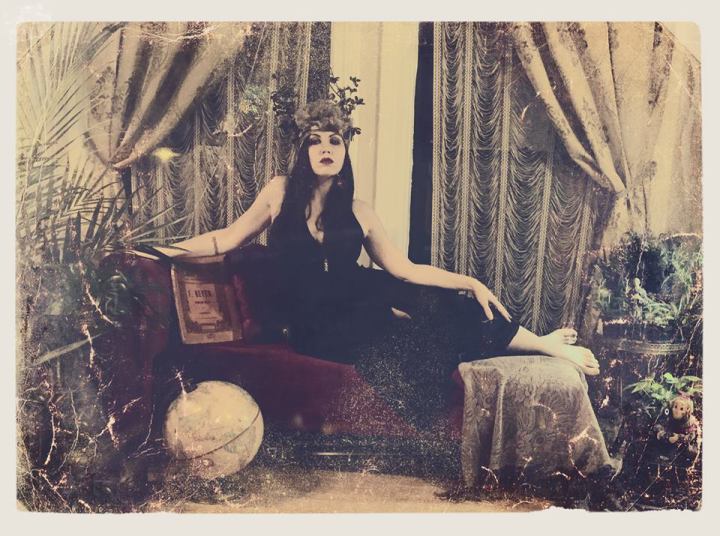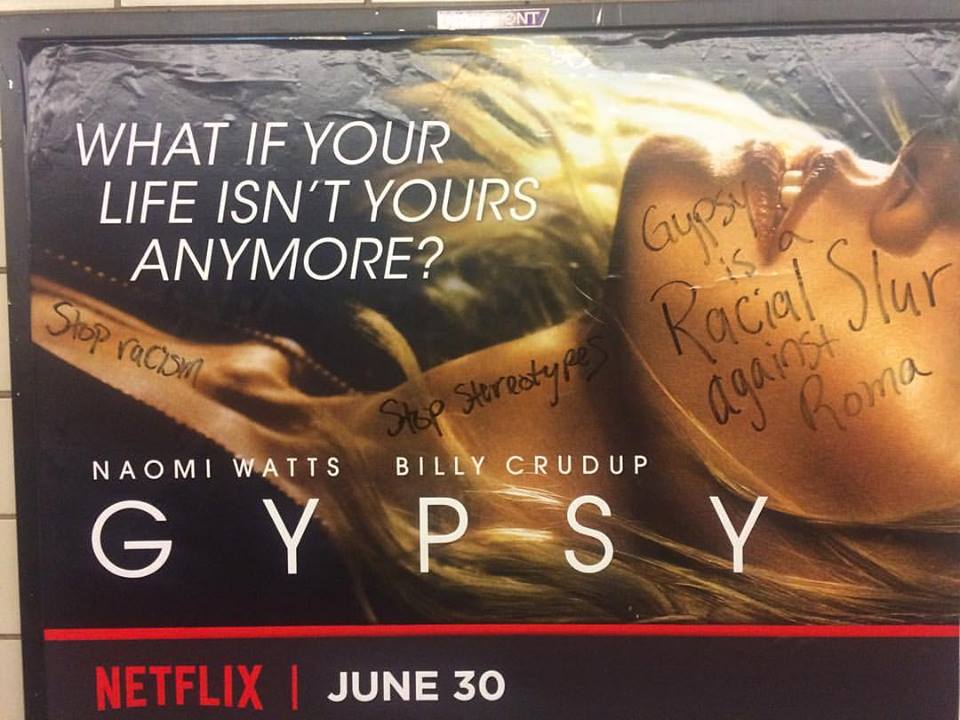As a reminder for my National Indigenous Women Resource Center fundraiser, here’s a New York Times Magazine Pam Grier interview, “Pam Grier on maintaining her independence and identity in showbiz.” Pam Grier is a Black Indigenous actress, and a survivor. I love her answer to the following question about her experience as a survivor and acting in Blacksploitation films.
“Given your personal history, was it hard to act in movies that often featured the threat of sexual violence? It’s in a lot of the blacksploitation films.”
“Sure, but by being nude in those movies I was trying to help men understand. Society created this mystery about the vagina, the breasts. When you create a mystery, people want to see it and attack it if they can’t have it. So I was like, here’s the mystery. I hope I bore you and you’ll never get a hard-on again.”
Check out the full NYT Mag article, and my birthday fundraiser for NIWRC, an Indigenous-run organization benefiting Indigenous survivors of sexual assault and domestic violence. If you can’t give, please share!
https://www.facebook.com/donate/3039799119436640














